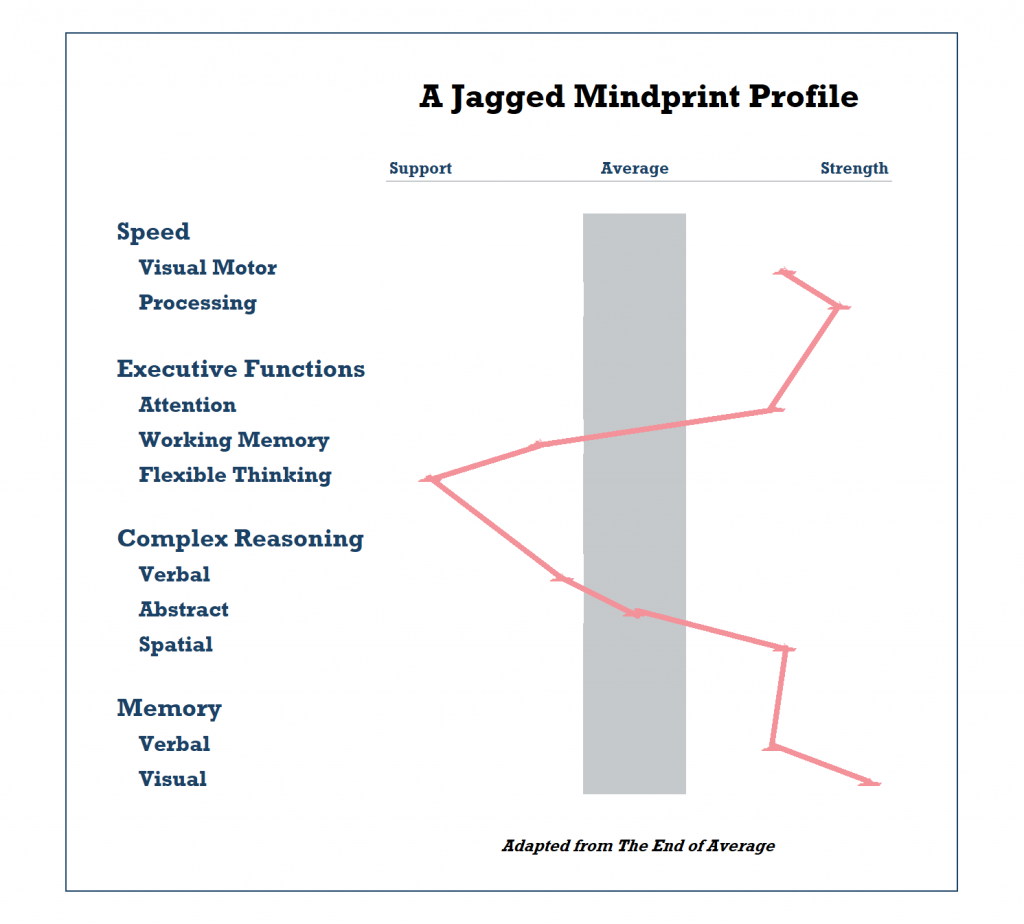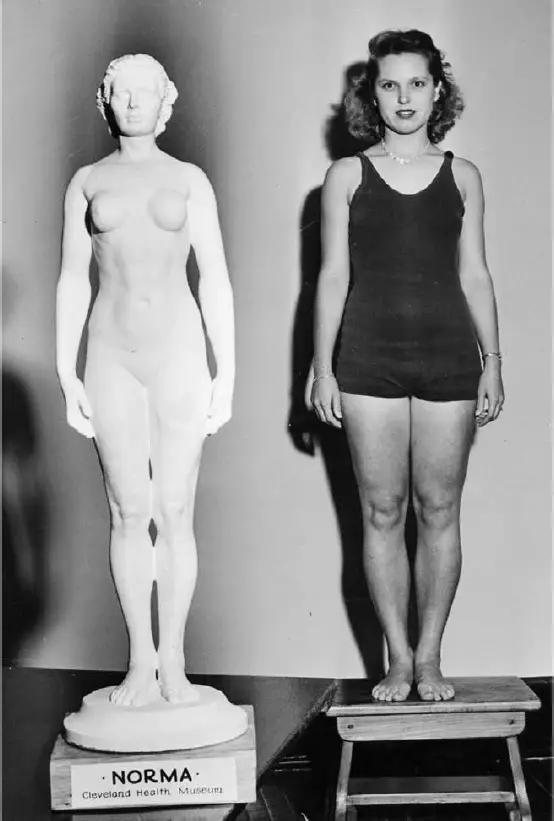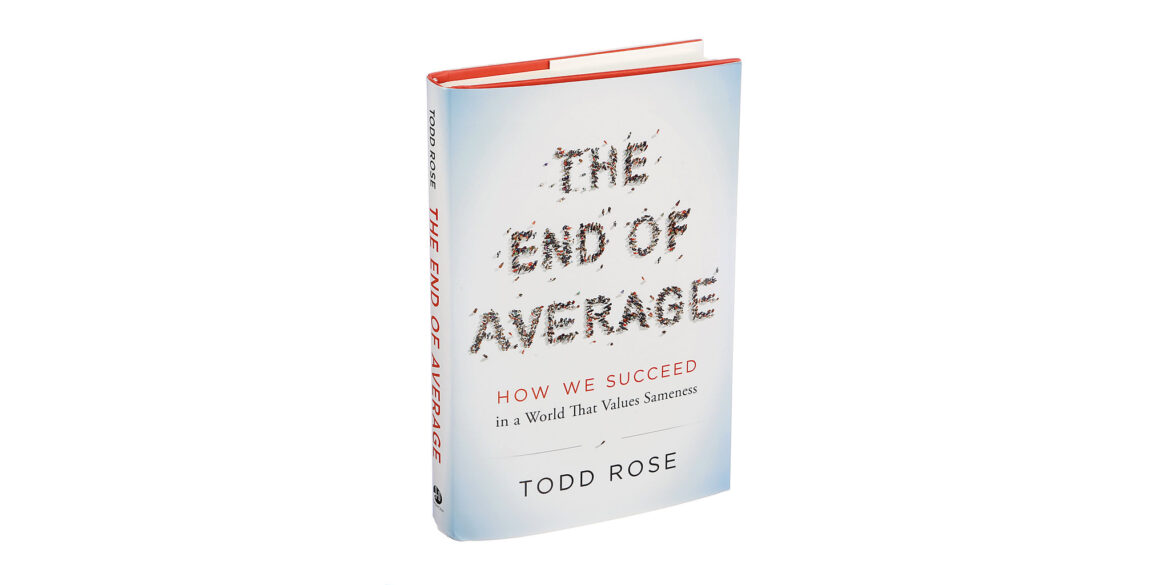Introduction
Imagine being an American military pilot in the 1950s, seated in the cockpit of a sleek, jet-powered plane. Every dial, every lever, every control panel has been meticulously designed—for someone else. This wasn’t an oversight or a manufacturing error. It was the deliberate product of designing for the “average” pilot—a mythical figure that turned out to represent no one at all. The result? American pilots performed worse than their less technologically advanced opponents, dying at a much higher rate as a result.
This real-life dilemma, vividly recounted in Todd Rose’s The End of Average, is just one example of how designing for averages has consistently failed us—in aviation, education, business, and beyond. But this isn’t just about planes or students or job candidates. It’s about you and me. Every time we’re measured, assessed, or categorized by metrics built on averages, our individuality is erased, and opportunities for our unique potential are missed.
Todd Rose argues it’s time to overthrow the tyranny of the average and embrace the principles of individuality—a concept that has profound implications for personal growth, hiring, education, and even how we live our daily lives. In this review, I’ll share why The End of Average is a book that could change the way you see yourself and others—and why it matters for the work I do, helping people and organizations unlock their potential by embracing what makes them distinct.
The Problem with “Average” Thinking
At its heart, The End of Average dismantles a deeply ingrained belief: that the “average” is a reliable guide for understanding people. Rose demonstrates how this thinking has shaped everything from our schools to our workplaces, often with harmful results. He starts with a striking story: in the 1950s, Air Force cockpits were designed based on the average measurements of pilots. Yet, as Lieutenant Gilbert S. Daniels discovered, not a single one of the thousands of pilots he measured matched the so-called “average” dimensions. The solution? Adjustable cockpits that embraced individual variability—a design philosophy that not only improved performance but also saved lives.
This lesson, Rose argues, has far-reaching implications. Whether it’s standardized tests labeling students as “bad at math” or job applicants dismissed for lacking a degree while possessing the skills, we’ve all been boxed in by systems built for mythical averages. Rose’s central message is clear: no one is average. And when we measure people as if they are, we do them—and society—a profound disservice.
The Jaggedness Principle: Why You’re More Than a Single Metric
One of the book’s most compelling concepts is the “jaggedness principle.” Human abilities—whether physical, intellectual, or emotional—are multidimensional and rarely correlate neatly. For example, a student may excel in creative problem-solving while struggling with rote memorization. Does that make them “below average”? Rose says no—it makes them jagged, and our systems need to account for this complexity.

Rose illustrates this principle by telling the story of Norma, which was a project developed by Dr Robert Latou Dickinson. He took the measurements of numerous women, averaged them together, and then had artist Abram Belskie sculpt a figure based on them. When they ran a contest to find the American woman that best fit Norma’s size, they only really came up with one person (Martha Skidmore), and even she did not match all of the averages.

Additionally, Rose argues that our reliance on averages in evaluating students and job candidates can lead to inappropriate ranking and labeling, resulting in a disservice to individuals who may excel in certain areas but not others. He illustrates how this average-based thinking can lead to students being labeled as “bad at math” or job candidates being rejected for not finishing their final class, despite having all the needed knowledge and skills for the job.
A Call to Rethink Everything
From education to hiring, Rose argues that designing for individuality isn’t just the right thing to do—it’s also the smart thing. Schools that customize learning pathways see better engagement. Companies that hire for potential, not pedigree, outperform their competitors. And individuals who embrace their jagged profiles are more likely to thrive, not just succeed.
This idea is a game-changer for anyone looking to break free from limiting labels, build better teams, or foster innovation in their organizations. Rose doesn’t just critique the status quo; he offers a roadmap to a more inclusive and effective future. And while the book is light on specific prescriptions, that’s part of its power—it invites you to apply its principles to your own challenges and opportunities.
Strengths and Weaknesses: A Balanced Perspective
What makes The End of Average truly stand out is its blend of powerful storytelling and compelling data. Todd Rose masterfully illustrates abstract concepts through engaging examples like the Air Force cockpit story and the tale of “Norma,” the mythical average woman whose measurements became a misguided ideal. These anecdotes bring his arguments to life, making the book not just thought-provoking but also deeply relatable.
That said, the book isn’t without its limitations. Critics might point to Rose’s tendency to lean more on diagnosis than prescription. While he’s brilliant at exposing the flaws in average-based thinking, his guidance on how to implement the principles of individuality can feel broad. For readers seeking a step-by-step manual, this may be frustrating. But for me, this ambiguity works in the book’s favor—it invites readers to think critically and adapt the principles to their own unique contexts.
Another challenge lies in the book’s data presentation. At times, the storytelling overshadows the rigor of the research, which may leave analytically minded readers wishing for more nuance. But for a general audience, this trade-off makes the book approachable and impactful.
Why This Book Matters to My Work—and Yours
Reading The End of Average was a revelation, not just as a reader but as a professional deeply invested in unlocking human potential. My work revolves around helping people and organizations embrace their unique strengths and find innovative solutions to their challenges. Rose’s ideas affirm what I’ve seen time and again: when we let go of rigid, average-based frameworks, we unlock extraordinary possibilities.
For example, in organizations, designing teams or strategies around the assumption of uniformity often leads to missed opportunities and disengagement. By embracing individuality—whether through personalized learning programs, flexible hiring criteria, or adaptive workflows—we create environments where people can thrive. This is not just theory; it’s a tangible, actionable philosophy that can transform workplaces, schools, and communities.
Take the Next Step
If you’ve ever felt trapped by labels, undervalued because you didn’t fit a mold, or frustrated by systems that seem to miss the point—you need to read this book. The End of Average will challenge you to rethink how you evaluate others and, more importantly, how you evaluate yourself. It’s not just a book; it’s an invitation to be part of a movement toward a more individualized, inclusive, and effective future.
Ready to dive in? You can purchase The End of Average on Amazon here and join the growing conversation about individuality and potential.
Stay Connected
I’m passionate about exploring how these ideas intersect with our daily lives and work. If you enjoyed this review, subscribe to my writing for more insights, book reviews, and strategies for embracing individuality in life and business. Follow me on Goodreads to see what I’m reading and share your thoughts on the books that inspire you.
